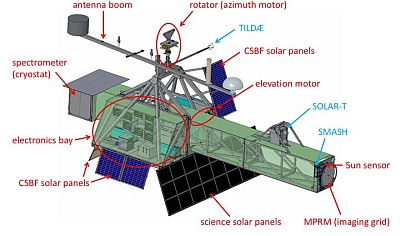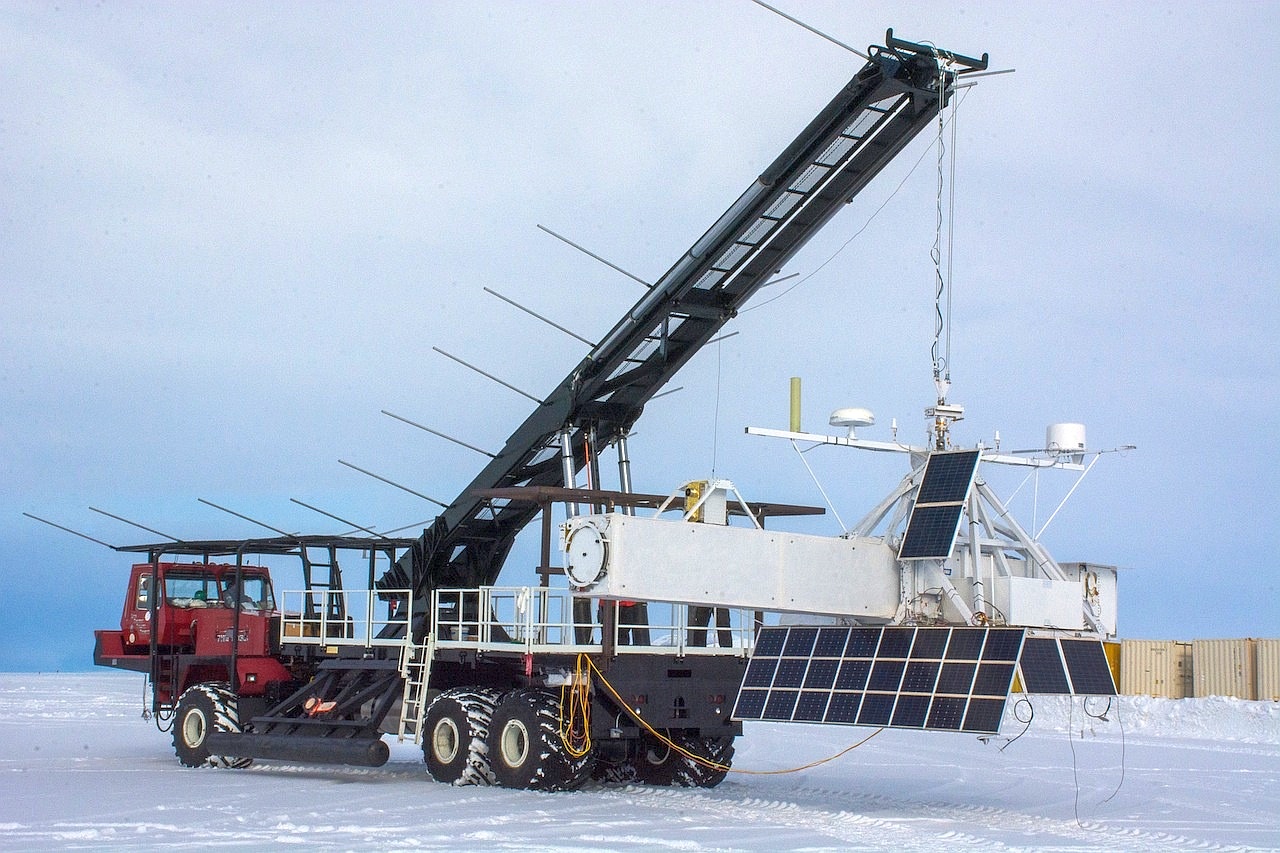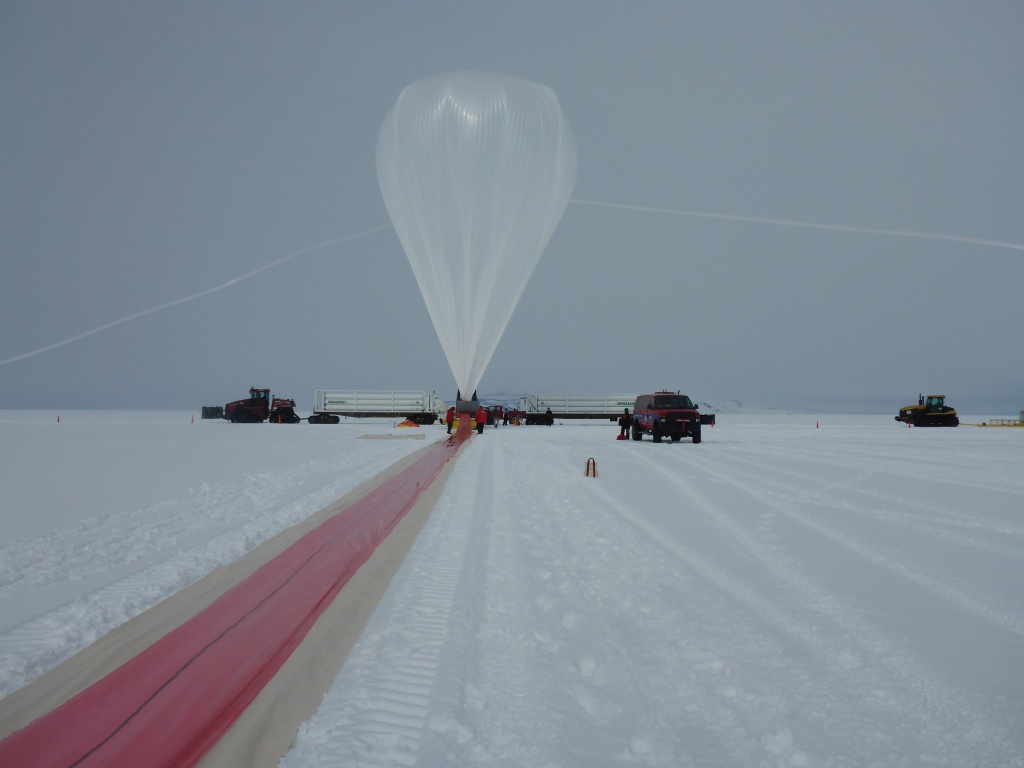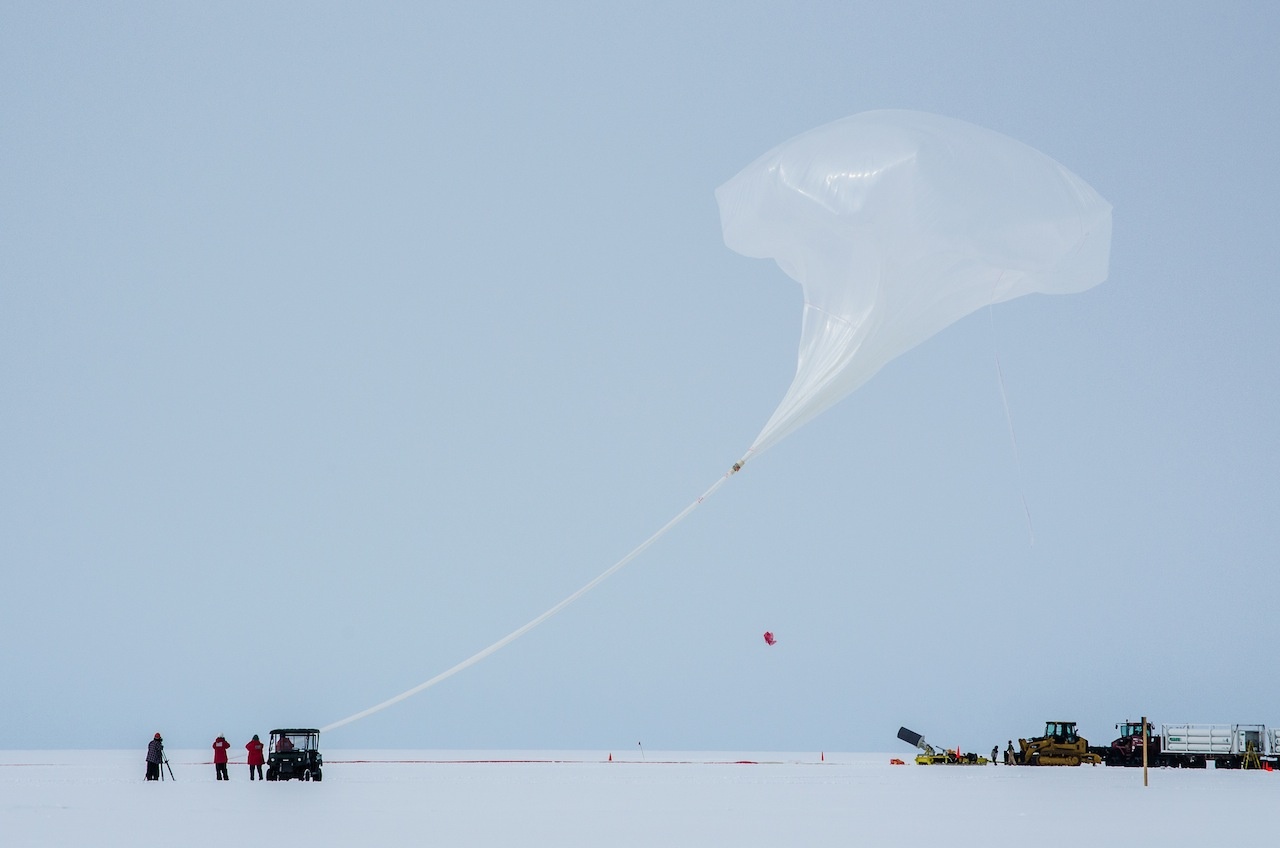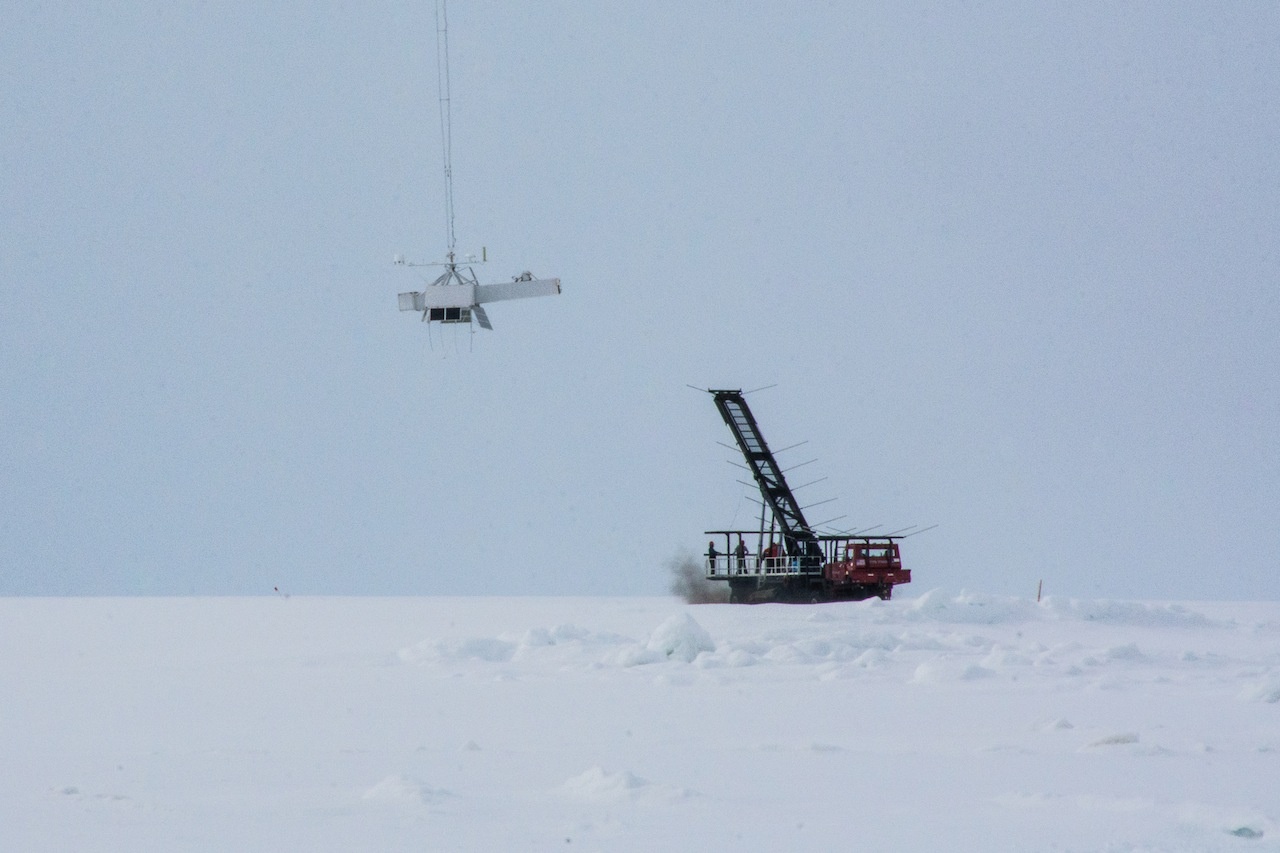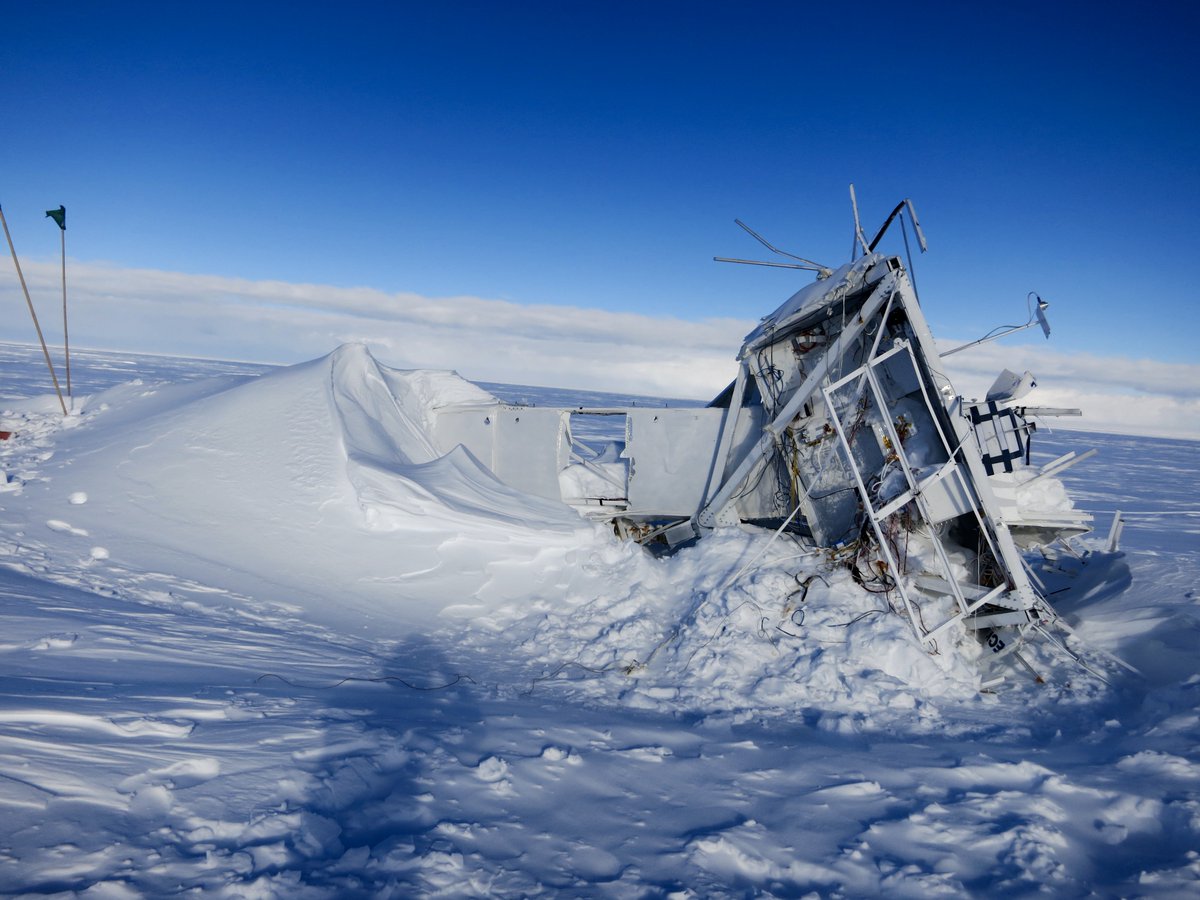Purpose of the flight and payload description
GRIPS was the acronym for Gamma-Ray Imager/Polarimeter for Solar flares a balloon-borne telescope designed to study solar-flare particle acceleration and transport. Science goals of the instrument were aimed to answer some fundamental questions like what causes the spatial separation between energetic electrons producing hard X-rays and energetic ions producing gamma-ray lines; how anisotropic are the relativistic electrons, and why can they dominate in the corona and how do the compositions of accelerated and ambient material vary with space and time, and why. The instrument represented a significant technological advancement in the study of solar flares, specifically designed to analyze high-energy emissions in the range of hard X-rays and gamma rays. Its design incorporated cutting-edge components and systems to enhance imaging, spectroscopy, and polarimetry capabilities.
GRIPS was developed at the Space Sciences Laboratory (SSL) of the University of California, Berkeley, with the collaboration of NASA's Goddard Space Flight Center; The Lawrence Berkeley National Laboratory; the University of California, Santa Cruz and the Nagoya University from Japan.
At left we can see an scheme of the instrument (click to enlarge). At the core of GRIPS were its 3D position-sensitive germanium detectors (3D-GeDs), which allowed for precise energy deposition measurements within the crystal in three dimensions. This technology enabled Compton imaging, significantly reducing background noise and allowing for polarization analysis. The detectors were configured in a cryostat containing six 3D-GeDs organized in two planes. These detectors operated at an optimal temperature of approximately 80 K, maintained by a cryocooler. The surrounding cryostat was further equipped with a bismuth germanate (BGO) active shield to minimize instrumental background noise.
For imaging, GRIPS utilized a multi-pitch rotating modulator (MPRM), a single-grid modulation collimator system that provided superior resolution compared to prior instruments. This single-grid design featured tungsten-copper alloy slats and offered continuous angular coverage from 12.5 to 162 arcseconds by varying slit pitches. The single-grid architecture also allowed for a flexible boom design, which could twist and flex without compromising imaging quality.
The instrument's aspect system was a critical component, providing high-precision measurements of pitch, yaw, and roll to ensure accurate imaging. Three lenses within the MPRM assembly projected images of the Sun onto a specialized aspect target, and a separate roll sensor used a silvered prism to determine absolute roll by analyzing the Earth's horizon. This combination enabled GRIPS to achieve precise pointing and image reconstruction despite the flexing boom.
The payload also included a flight computer for data management and telemetry. The computer interfaced with all subsystems and stored data redundantly on solid-state drives. Telemetry relied on various communication methods, including Iridium and the Tracking and Data Relay Satellite System (TDRSS), to ensure data transmission during flight.
Overall, GRIPS combined innovative detector technology, advanced imaging systems, and robust support structures to address complex scientific questions about solar flare particle dynamics and emissions. Its design set a new benchmark for high-energy solar instrumentation.
Complementarily, the GRIPS mission carried onboard three piggyback instruments. The first two had scientific goals related to the GRIPS ones: SOLAR-T aimed to observe the full-disk Sun at 3 and 7 THz with high sensitivity and sub-second time resolution using Golay cell detectors placed at the focus of two 7.6 cm Cassegrain telescopes and SMASH a technological demonstration of a new miniaturized hard X-ray (HXR) detector for future use on CubeSats and other small spacecraft. These payloads were developed by the Mackenzie Presbyterian University in Brazil, and the Southwestern Research Institute of New Mexico, respectively and were mounted on the telescope boom to ensure that they would be continuously pointing at the Sun during the long-duration flight. The third piggyback instrument was TILDAE an experiment developed by the NCAR, ENS Lyon, and the Universities of Delaware and Berkeley, which encompassed a sonic anemometer to measure the propagation time of sound waves, to infer wind velocity and air temperature at a 200 Hz cadence.
Video footage of the launch and recovery efforts
Details of the balloon flight
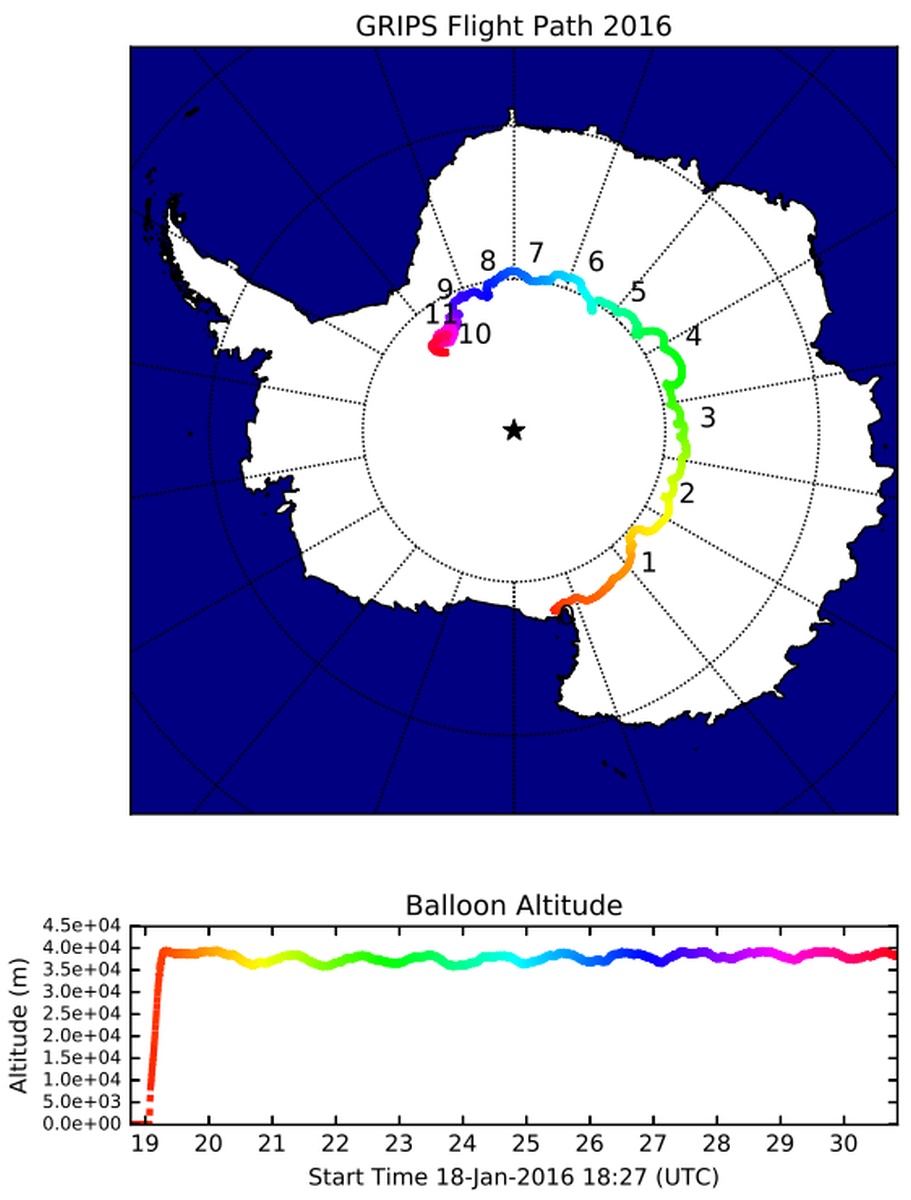
Balloon launched on: 1/19/2016 at 1:40 utc
Launch site: Williams Field, McMurdo Station, Antarctica
Balloon launched by: Columbia Scientific Balloon Facility (CSBF)
Balloon manufacturer/size/composition: Zero Pressure Balloon Raven - 39.570.000 cu ft - (0.8 Mil.)
Flight identification number: 668N
End of flight (L for landing time, W for last contact, otherwise termination time): 1/30/2016 at 20:50 utc
Balloon flight duration (F: time at float only, otherwise total flight time in d:days / h:hours or m:minutes - ): 11 d 19 h 50 m
Landing site: 83°6.18 S - 40°54.08 W. East of Pensacola Mountains. Antarctica
The balloon was launched by dynamic method at 1:41 utc, on January 19, 2016 and after about 5 hours of ascent, the balloon reached a float altitude of 39 km starting the usual anticlockwise pattern marked by the polar vortex wind currents. The map at left shows the balloon flight path around the Antarctic continent.
The mission was terminated on January 30 at 20:51 utc and the balloon landed forty minutes later in the Queen Maud Land region of the Antarctic continent, at 83º 6.18 S, 40º 54.08 W. Total flight time was 11 days, 19 hours and 50 minutes.
The late date on which was performed the mission (the latest launch performed by NASA in an Antarctic campaign since the inception of the program in 1989), only allowed to make a single short trip to the landing site to extract the data vaults onboard, delaying the rescue operations of the instrument to the following summer. This was because the low availability of planes in Antarctica at the time which were focused on performing the retrograde operations of evacuating personnel from remote bases as the end of the season approached. The remainder of the structure was left for almost a year in the Antarctic plateau and was succesfully recovered in the next summer campaign.
External references
- GRIPS website at University of California, Berkeley website
- Detector and imaging systems for the gamma-ray imager/polarimeter for solar flares (GRIPS) instrument Proc. SPIE, 8862 (2013)
- First flight of the Gamma-Ray Imager/Polarimeter for Solar flares (GRIPS) instrument Proc. SPIE 9905, Space Telescopes and Instrumentation 2016: Ultraviolet to Gamma Ray
- Overview of and first observations from the TILDAE High-Altitude Balloon Mission Atmos. Meas. Tech., 10, 1595-1607, 2017
- Solar Observations at THz Frequencies on Board of a Trans-Antartic Stratospheric Balloon Flight American Astronomical Society, SPD meeting #47, id.#6.11
- The Gamma-Ray Imager/Polarimeter for Solar flares (GRIPS) Proc. SPIE, 8443 (2012)
- The source of solar flares Article about SOLAR-T in Pesquisa FAPESP Magazine, Issue 237, November 2015
13079If you consider this website interesting or useful, you can help me to keep it up and running with a small donation to cover the operational costs. Just the equivalent of the price of a cup of coffee helps a lot.

